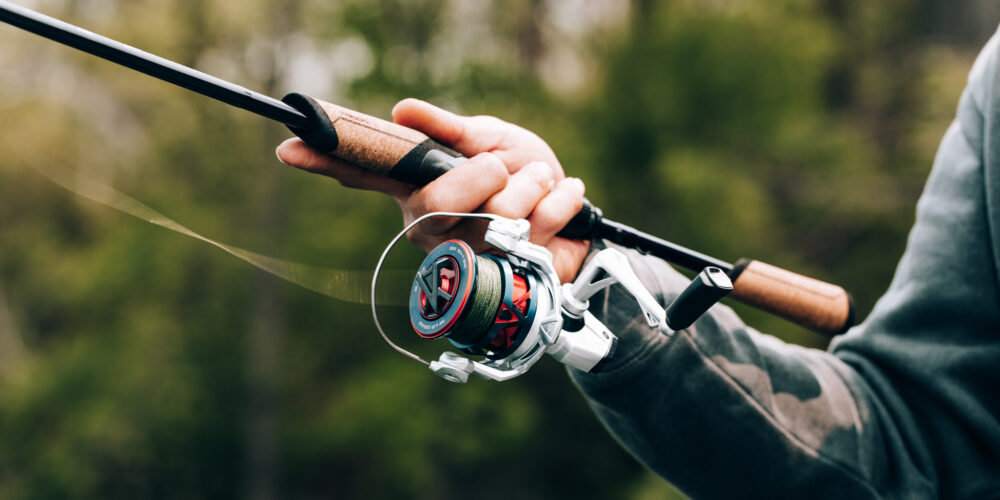In hull transducers are mounted inside the hull of a boat, providing accurate readings without affecting the boat’s performance, while transom mount transducers are attached to the back of the boat, requiring holes to be drilled and potentially impacting performance. In hull transducers offer a convenient and efficient option for boat owners who want accurate readings without compromising their boat’s performance.
Intro: If you’re a boat owner looking for a reliable way to get accurate depth readings, you may be wondering whether to choose an in hull transducer or a transom mount. Each option has its advantages and considerations, so it’s important to understand the differences between them before making a decision.
We will explore the features and benefits of in hull transducers and transom mounts, helping you make an informed choice for your boating needs. Whether you’re a fishing enthusiast or a recreational boater, the right transducer can greatly enhance your boating experience. So, let’s dive in and explore the differences between in hull transducers and transom mounts.
Understanding The Difference Between In Hull Transducers And Transom Mounts
Understanding the Difference Between In Hull Transducers and Transom Mounts. In Hull Transducers can be advantageous due to their ability to provide accurate readings without requiring a hole in the boat’s hull. They are easy to install and maintain. However, they may not perform well at high speeds or in rough conditions.
Transom Mounts, on the other hand, offer versatility as they can be easily adjusted and provide reliable readings in most conditions. Nonetheless, they can create drag and affect the boat’s performance. It is crucial to consider factors such as boat type, water conditions, and personal preferences when choosing between these two options.
Making an informed decision will ensure optimal fish finding and navigation experiences while out on the water.
Factors To Consider When Choosing Between In Hull Transducers And Transom Mounts
When choosing between in hull transducers and transom mounts, several factors come into play. Firstly, consider your boat type and hull variation as they determine the compatibility and installation options. Secondly, think about the water depth and conditions where you’ll be using the transducer.
Different transducers have distinct capabilities and limitations in shallower or deeper waters. Desired positioning and installation ease are crucial as well. Some boaters prefer transom mounts for their simplicity, while others opt for in hull transducers due to the flexibility in positioning.
Finally, consider your sonar performance requirements. Depending on the level of detail and accuracy you need, certain transducers may be more suitable for your needs. Carefully weighing these factors will help you make an informed decision in selecting the right transducer for your boating needs.
Making An Informed Decision For Your Boat
To make an informed decision between an in hull transducer and a transom mount for your boat, it’s crucial to evaluate the pros and cons of each option. Consulting with professionals who have expertise in marine electronics can provide valuable insights.
They can guide you through the considerations that are relevant to your specific boat and usage requirements. Weighing these factors, such as installation complexity, performance, and cost, will help you make a well-informed choice. It’s also essential to consider future upgrades and whether your chosen option will accommodate any potential changes you may want to make later on.
By carefully considering all these factors, you can finalize the best transducer option for your boat, ensuring optimal performance and functionality on the water.

Credit: www.westmarine.com
Frequently Asked Questions Of In Hull Transducer Vs Transom Mount
What Is An In-Hull Transducer?
An in-hull transducer is a type of fishfinder transducer that is mounted inside the hull of a boat. It uses a special adhesive to attach to the inside of the hull, allowing it to transmit and receive sonar signals through the hull without the need for a hole to be drilled.
How Does An In-Hull Transducer Work?
An in-hull transducer works by emitting sonar signals through the hull of a boat and receiving the echoes that bounce back. These echoes are then interpreted by the fishfinder to create a detailed image of the underwater terrain, including fish, structures, and other objects.
What Are The Advantages Of Using An In-Hull Transducer?
Using an in-hull transducer has several advantages. Firstly, it eliminates the need for drilling a hole in the hull, which can be time-consuming and potentially damaging. Furthermore, it provides a clean and streamlined look to the boat’s exterior. Lastly, it allows for accurate and reliable sonar readings, even at high speeds.
What Is A Transom Mount Transducer?
A transom mount transducer is a type of fishfinder transducer that is installed on the back, or transom, of a boat. It is attached using a mounting bracket and typically positioned in the water, either directly or using an angled mount.
This type of transducer is commonly used and provides reliable sonar readings.
Conclusion
Choosing between an in-hull transducer and a transom mount transducer depends on various factors such as the type of boat, the preferred fishing style, and personal preferences. Both options have their advantages and disadvantages. If you’re looking for a transducer that offers easy installation, minimal drag, and high-speed capabilities, then a transom mount transducer might be the better choice for you.
On the other hand, if you prefer a cleaner hull, improved depth readings, and optimal performance at slower speeds, then an in-hull transducer could be the right fit. Ultimately, it’s important to consider your specific needs and requirements before making a decision.
Conducting thorough research, seeking expert advice, and taking into account your fishing preferences will help you make an informed choice. Whichever option you choose, ensuring proper installation and regularly maintaining your transducer will ensure optimal performance and a successful fishing experience.





